What counts in the cereal aisle
This article comes from Nutrition Action. We don't accept any paid advertising or corporate or government donations. Any products we recommend have been vetted by our staff and are not advertisements by the manufacturers.
The healthiest standbys don’t change much. They’re mostly unsweetened shredded wheat, whole wheat or bran flakes, and fruit-and-nut muesli. All have little or no added sugar and plenty of whole grains. Pretty simple stuff.
What does change: Cereal marketers’ pitches for...nearly everything else. Should you spring for a “keto” cereal? Go grain-free? Get more protein? Replace sugar with fruit concentrate or allulose? Pay up for “real” nuts or berries?
Click here for our list of Best Bites and Honorable Mentions.
1. Spot the whole grains.
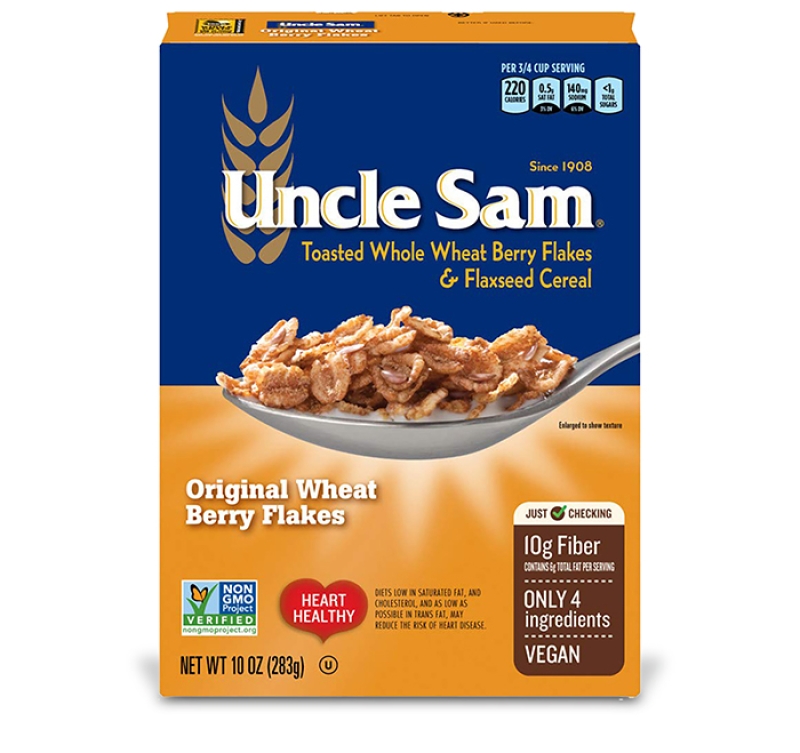
The healthiest diets don’t just have more whole grains; they also have fewer refined grains. The key question: How much of the grain in a cereal is whole?
If the box says “100% whole grain,” you’re good. But claims like “18 grams whole grain” don’t tell the whole story.
In that case, head to the ingredients list:
- Wheat & corn. If it doesn’t say “whole” or “whole grain” wheat or corn (or flour), assume they’re refined. Also refined: “degerminated” corn, corn meal, or flour.
- Rice. Brown, red, and black rice are whole grains. Just “rice”? Probably not.
- Oats & more. Oats, sprouted grains, quinoa, sorghum, and spelt may not always say “whole,” but they typically are.
- Bran. It’s the fiber-rich outer layer that’s stripped off whole grains when they’re refined. So when bran was added to a cereal, we counted it as a whole grain.
Our Best Bites are all—or nearly all—whole grain. “Nearly all” means that the first two grain ingredients are whole grains or bran, but that a refined grain appears farther down the ingredients list (so there’s less of it).
2. Know your serving.
For less dense (we call them “lighter”) cereals, the serving size on the Nutrition Facts label is the fraction of a cup closest to 40 grams. For denser (“heavier”) cereals, it’s the fraction closest to 60 grams. That’s why most servings range from ½ cup (some granolas) to 1½ cups (Cheerios).
How much is your serving? Measure what’s in your usual pour.
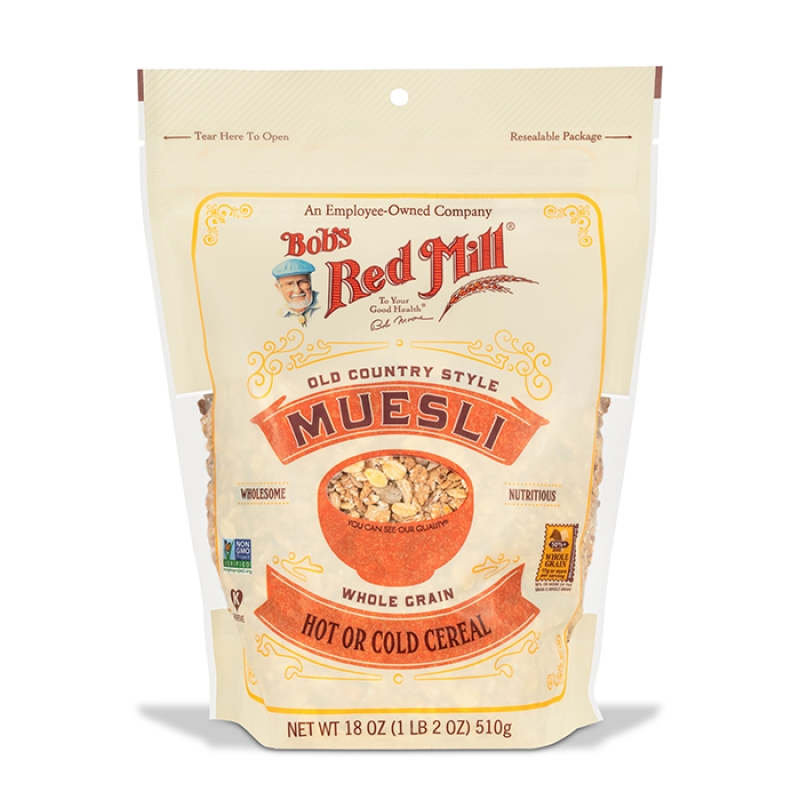
3. Minimize added sugar.
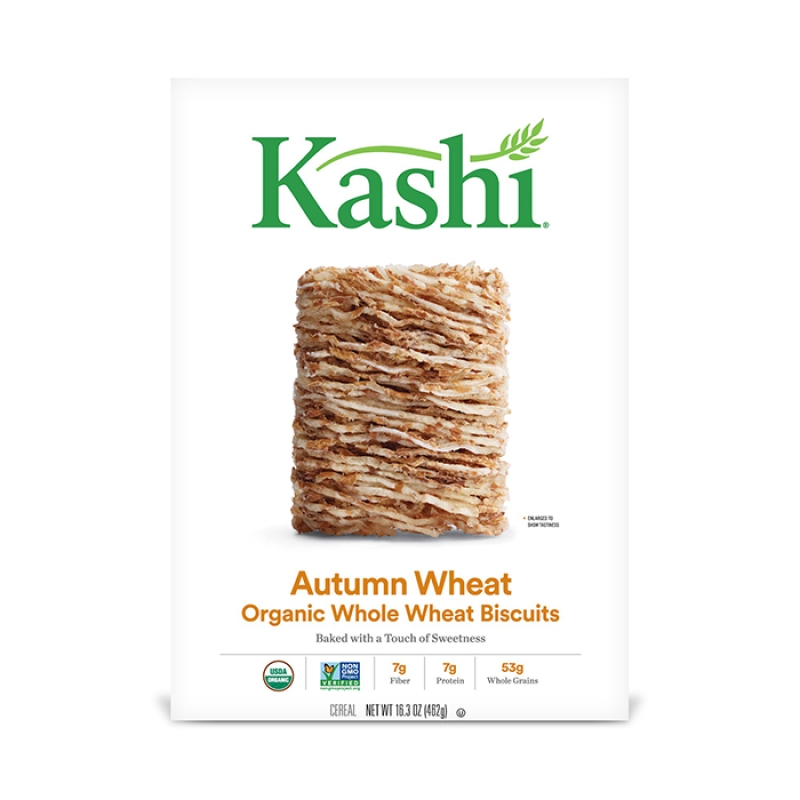
The cereal aisle is (finally!) brimming with boxes that bear the new Nutrition Facts label. Check the “Added Sugars” line: it discloses the sugars that come from sweeteners (cane sugar, honey, corn syrup, etc.). The “Total Sugars” line also includes the naturally occurring sugars in any raisins, berries, or other dried fruit.
The percent Daily Value (%DV) for added sugar tells you how much of a day’s max (50 grams) you get in a serving. (A 30-gram DV would be even better, but it’s not up to us.)
Our Best Bites have no more than 5 grams (about a teaspoon) of added sugar per serving for lighter cereals, or 7 grams (1½ teaspoons) for heavier cereals. (We didn’t award any Honorable Mentions.)
We disqualified cereals with the sweetener sucralose, which our chemicalcuisine.org rates as “avoid.” (We also would have disqualified cereals with acesulfame potassium or aspartame, had we found any.)
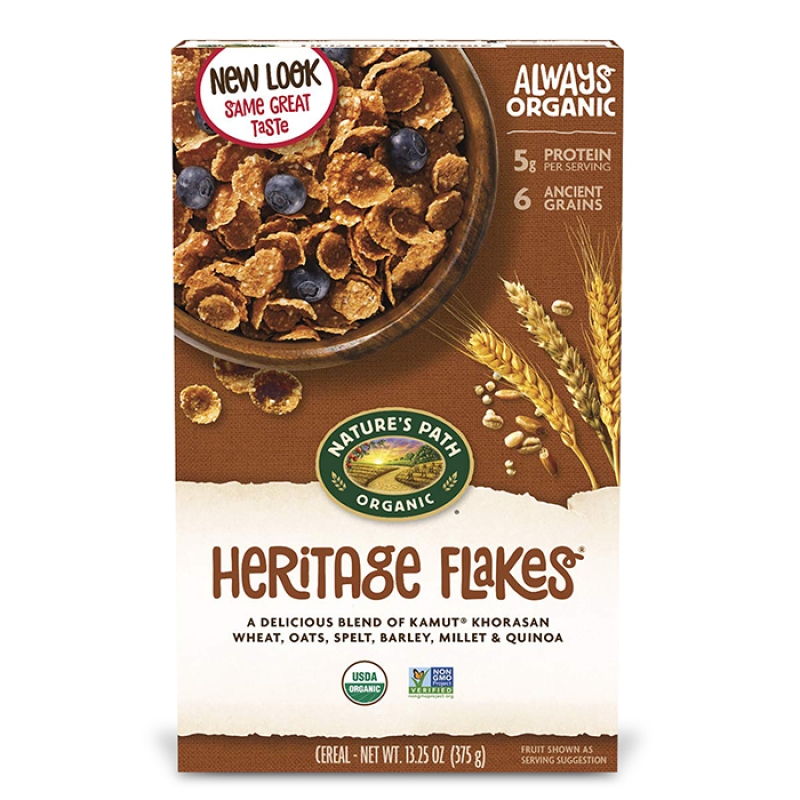
4. Focus on unprocessed fiber.
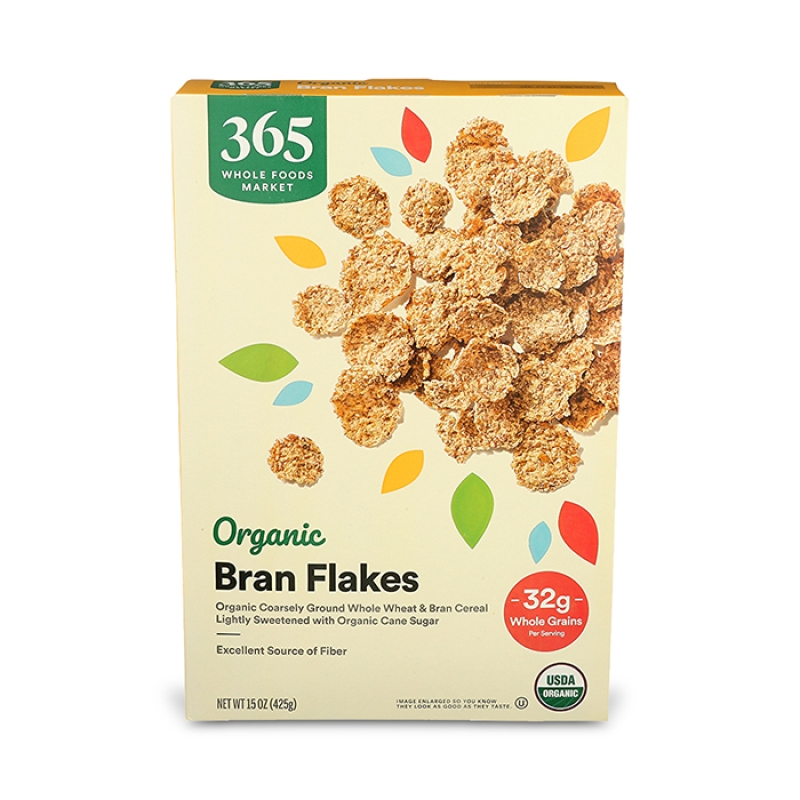
The Nutrition Facts don’t say how much of a cereal’s “Dietary Fiber” is intact, unprocessed fiber (from whole grains and bran) and how much is processed (from added inulin, chicory root, soluble corn fiber, or other sources). That’s why our Best Bites have no fiber minimum.
Looking for a fiber-rich cereal to get things moving? Wheat bran is a standout for regularity. Think bran flakes, shredded wheat, All-Bran Original. In contrast, most processed fibers that are added to foods don’t seem to help. One exception: psyllium seed husk. Kellogg adds it to All-Bran Buds.
Sneaky sugar
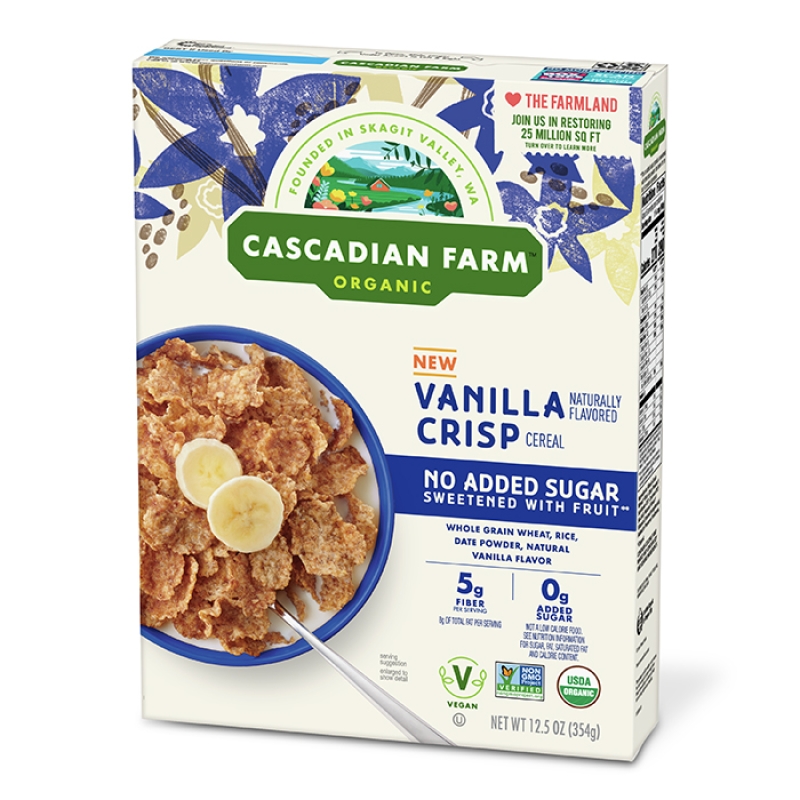
What happens when a line for “Added Sugars” shows up on the Nutrition Facts label? Companies get creative to be able to show “0.”
- Dried fruit powder. “No Added Sugar,” says new Cascadian Farm Organic Vanilla Crisp Cereal. “Sweetened with Fruit.” Make that sweetened with processed fruit. Dried date powder, to be exact.
Topping a bowl of cereal with chunks of real fruit adds nutrients plus volume, which cuts the calories per bite (the “calorie density”) and helps fill you up.
Does replacing cane sugar with processed fruit powder do all of that? Nope. But it does help the cereal—which isn’t even all whole grain—pack 270 calories into each 1¼-cup serving. - Fruit purée concentrate. “Concentrate” means some of the water in a puréed fruit has been removed. That concentrates the fruit’s sugar. Food companies love purée concentrates because labels don’t count their sugar as “added.” (In contrast, the sugar in fruit juice concentrates added to foods does count as “added.”)
Bear Naked adds only enough apple purée concentrate to its “0g ADDED SUGAR” Peanut Butter Crunch Granola to reach 3 grams of total sugar. That’s because it also gets sweetness from allulose. But low in sugar doesn’t mean low in calories. Naked’s got 270 in each ¾ cup.
Get real
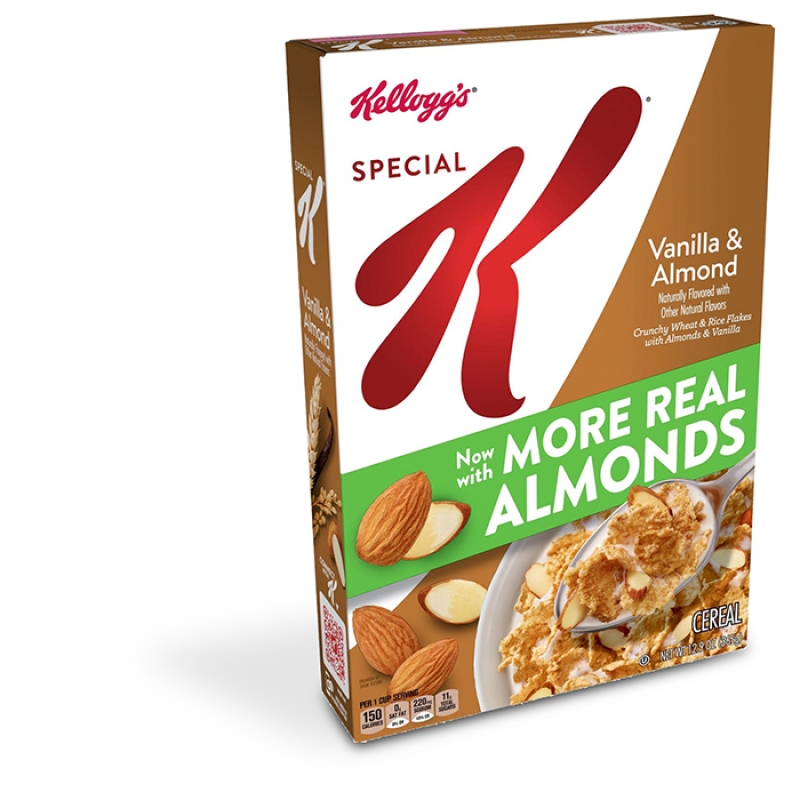
At breakfast, it’s easy to fill a bowl with real, nutrient-rich ingredients...and whole grains are just the start. Nuts, seeds, fresh or frozen fruit—you can mix and match.
Too bad most cereals that make a fuss about those things offer little. For example:
- Multi Grain Cheerios with Real Strawberries. “We’ve taken everything you love about Multi Grain Cheerios and made it even tastier by adding real strawberry pieces!” brags the box. That’s a stretch; the cereal contains more cornstarch than dried berries.
- Special K Vanilla & Almond. “Now with MORE REAL ALMONDS,” shouts the box. Yet the cereal still has more sugar than nuts. Judging by the fat (1½ grams), Kellogg adds no more than three almonds per cup. In contrast, some new cereals—from brands like KIND and Clif—are actually delivering almonds, peanuts, and more.
- Clif. Thanks to its barely-sweet flakes, all four varieties get Best Bites. And the Chocolate & Peanut Butter and Honey & Peanut Butter are studded with real peanut halves you can see and crunch.
- KIND. Most varieties have more almonds (the number-one ingredient) than anything else, though KIND adds more sugar than Clif. Best Bite Apple Cinnamon is packed with crisp apple pieces.
The downside: cost. We paid $7 for a 15 oz. box of Clif. Ounce for ounce, KIND was even more: $6 for a 10 oz. box.
Want to save a little cash? Build your own. Start with a Best Bite like plain shredded wheat, Total, Whole Foods 365 Organic Bran Flakes, or Wheaties. Then add a tablespoon or two of almond slivers, chopped walnuts, pumpkin or sunflower seeds, you name it. Top it off with fresh or frozen fruit. Ta-da!
The keto catch
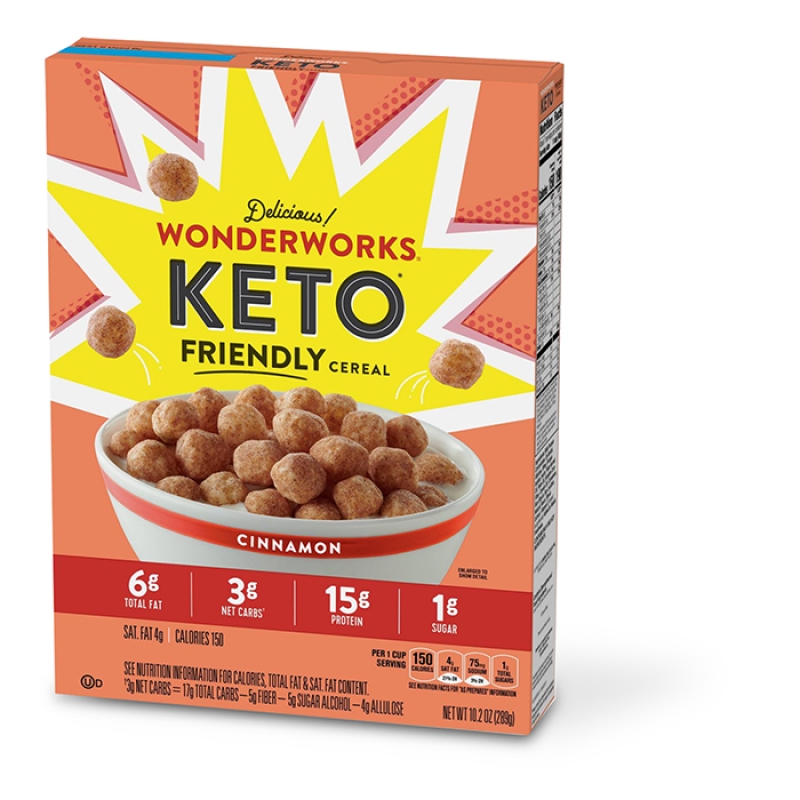
In 2019, Magic Spoon kicked off the ultra-low-carb diet craze in cereal. Now Catalina Crunch, Wonderworks, and other “keto friendly” cereals are everywhere.
Who wouldn’t want more protein and less sugar at breakfast?
The catch: A bowl of processed protein and fibers with a sprinkle of refined starch is unlikely to offer the health benefits of whole grains—with their intact, fiber-rich bran. That’s why none of those grain-free keto cereals are Best Bites. Wonderworks also racks up saturated fats from palm and palm kernel oil.
What’s more, some popular ingredients in keto-friendly cereals may not be gut friendly. Two to watch:
- Inulin (aka chicory root fiber). It can add sweetness and counts as fiber on Nutrition Facts labels, so it shows up in plenty of cereals, keto and non-keto. But it’s a fermentable fiber. Translation: it can make your gut bacteria release gas.
- Allulose. It's a sugar that's poorly absorbed in the gut, so Nutrition Facts labels don't have to count it as "sugar." But in some people, too much can cause nausea, diarrhea, or abdominal pain (see chemicalcuisine.org). How much is too much? It's unclear. But allulose is now also added to many lower-sugar bars, cookies, candies, etc., so beware.
Want less sugar? Less-processed Best Bites like plain shredded wheat and Uncle Sam Original Wheat Berry Flakes add none. They're great topped with berries or other fresh fruit.
Another winner: a no-sugar-added muesli like Alpen Triple Berry. With a subtle sweetness from its sprinkle of dried fruit, Alpen is a great crunchy substitute for sugary granola.
Want more protein? Layer your cereal on top of plain low-fat Greek yogurt or cottage cheese (15 to 20 grams of protein in 6 oz.). Dairy-free? Go with soy yogurt or a protein-rich plant milk like Silk Protein (Original or Unsweet).
Grain of truth
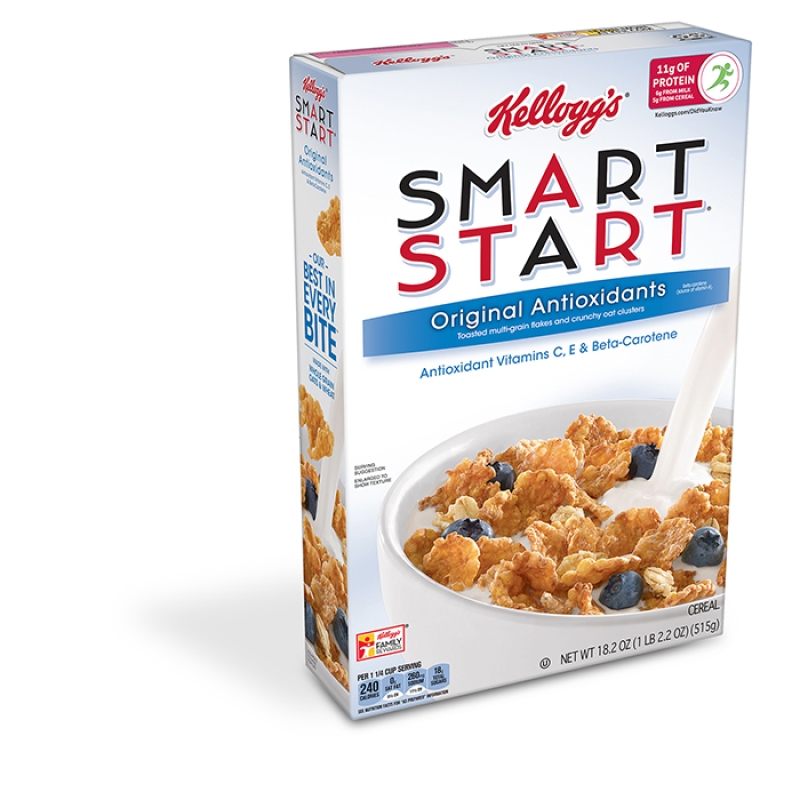
A few cereals have clear labels like "100% whole grain." Most other grain claims are tricky. They don't tell you how much refined grain you may be getting along with the whole grain. For example:
- "Made with " whole grain. Special K Blueberry flakes are "made with whole grain." Yes, whole wheat is the first ingredient in those flakes (and in all the other Special K cereals except cereals except Original, which has no whole grain). But the second ingredient is refined rice.
- Grams whole grain. Smart Start Original Antioxidants has "25g of whole grain" per serving. But refined rice is the first ingredient. Not so smart.
And 25 grams isn't very much, given Smart Start's large serving size (64 grams). In contrast, Whole Foods 365 Organic Bran Flakes have 32 grams of whole grain in a smaller (40-gram) serving. And that doesn't include its fiber-rich bran. No wonder it's a Best Bite.
Not buying it
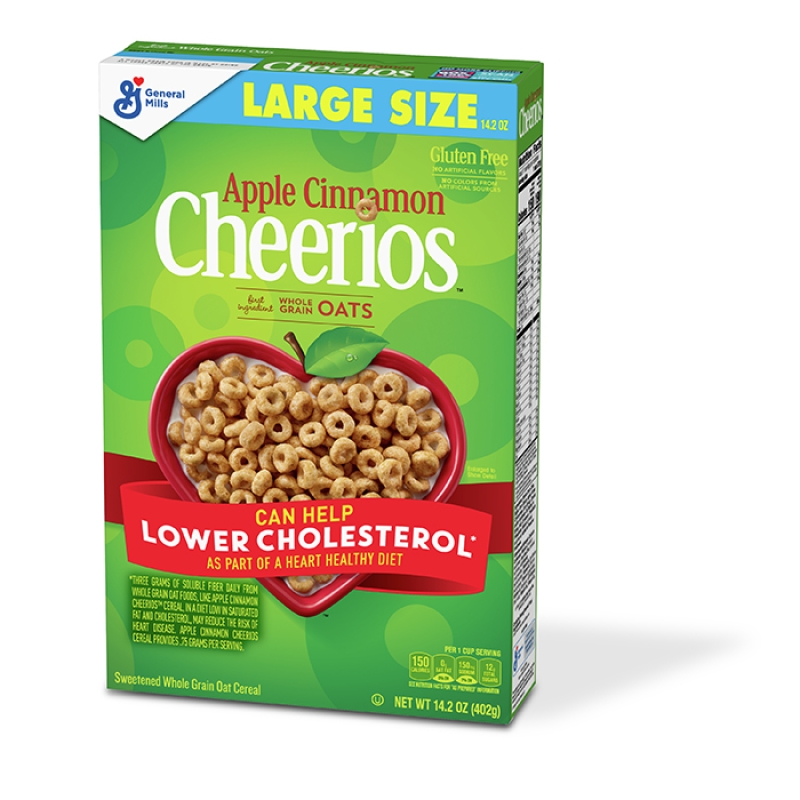
Some claims are better for selling cereal than they are for your health.
- Hearts. The FDA has rules for claims about heart disease or lowering cholesterol, but they're lax.
For example, a cereal can claim that it "may reduce the risk of heart disease" simply because it's low in saturated fat and cholesterol—like, well, most cereals—or rich in whole grains. Ditto if the cereal has enough soluble fiber from oats to help lower blood cholesterol levels...even if you have to eat two to four servings a day.
What's more, the FDA hasn't set an added-sugar limit on foods that make those types of claims. That explains why you'll see them on Honey Nut Cheerios, Apple Cinnamon Cheerios, Great Grains Cranberry Almond Crunch, and others with around 3 teaspoons of added sugars—a quarter of a day's max. Sheesh. - Added vitamins. Total has "100% Daily Value of 11 Vitamins & Minerals." But it has just 10 percent of a day's vitamin D, a nutrient that many of us get too little of because it's rare in foods. Ditto for Special K and Cheerios. You won't find a full day's worth in a cereal.
Trying to cover your bases? Ignore cereal vitamin claims and look for a good daily multivitamin-mineral pill.
Continue reading this article with a NutritionAction subscription
Already a subscriber? Log in
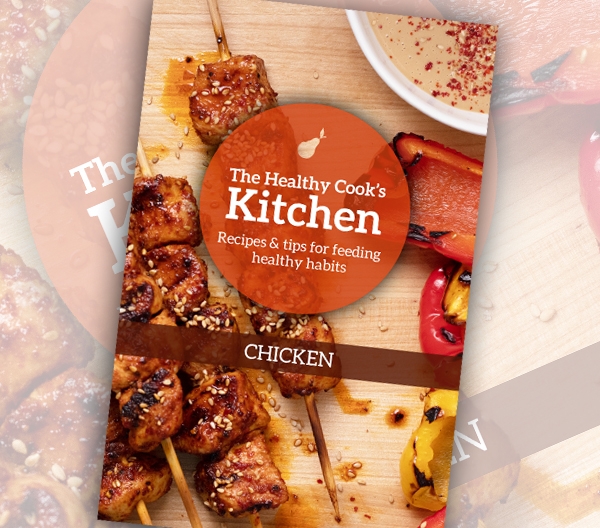
Booklet
The Healthy Cook’s Kitchen: Chicken
Looking to expand your chicken repertoire? Are you in for a treat! The latest collection from The Healthy Cook, Kate Sherwood, takes you around the world with chicken recipes that evoke the flavors of Morocco, India, Lebanon, Mexico, and more. No passport necessary.

